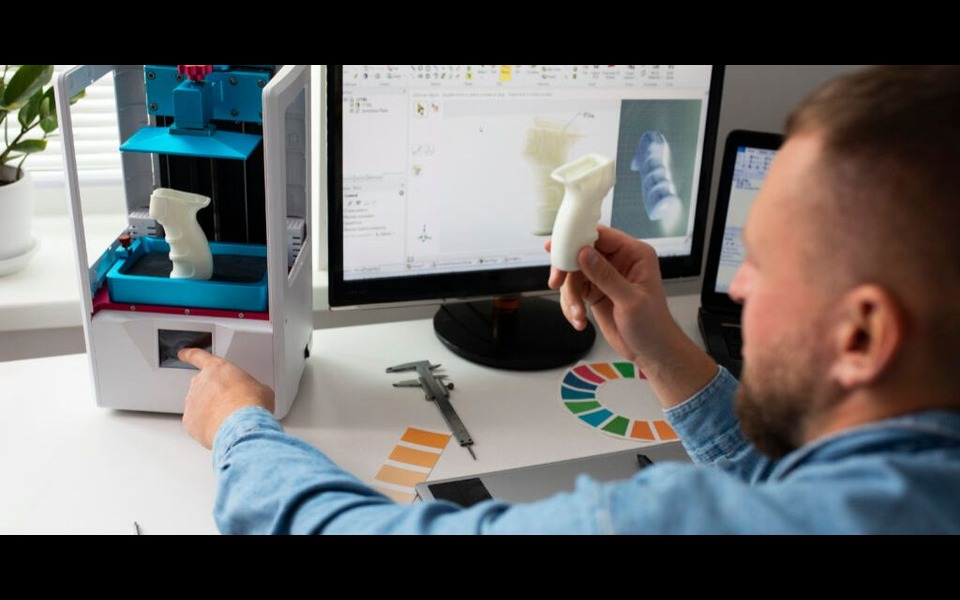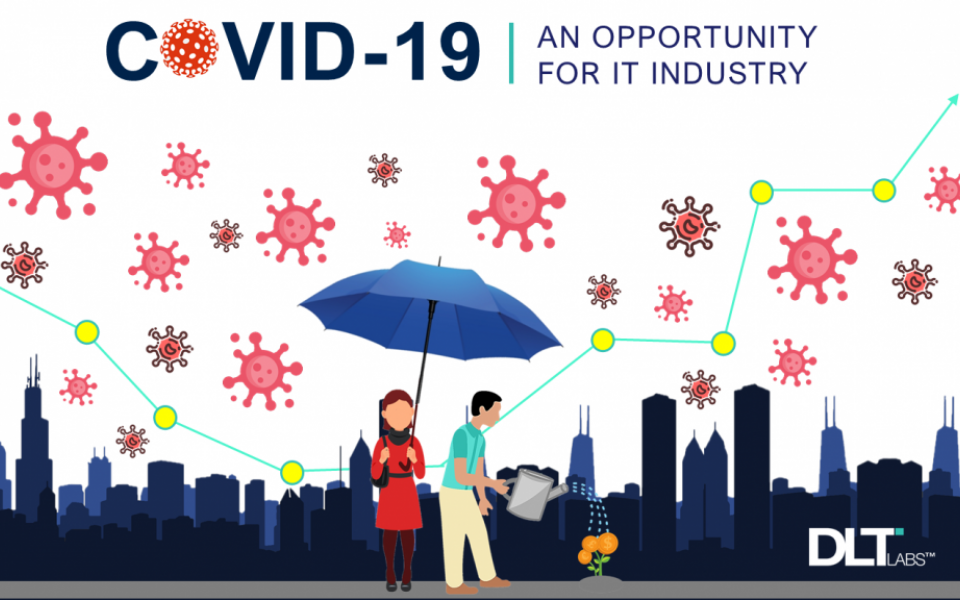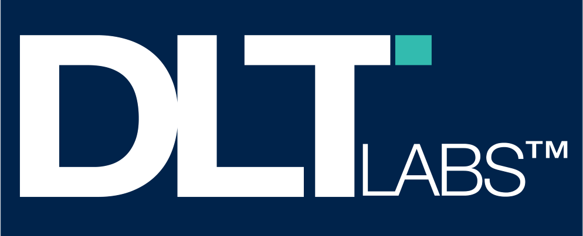As COVID-19 disrupts business operations across the globe, the Customer Experience(CX) teams in several organizations are feeling the impact. With operations shifting to remote locations for both employees and clients, everyone is looking at a change in the operating models. The decline in sales revenue has put a lot of pressure on cost functions to identify savings opportunities for the organizations. A lot of the changes that CX teams will see in this phase will also define the new normal going forward. The nature of the crisis ensures that the imminent changes will involve a steep learning curve and to emerge victorious as a leading CX enterprise, organizations will have to climb this curve faster. AI and ML capabilities will act as the catalyst of change providing the right course correction as well as defining the new models for businesses.
The current challenges facing the industry can be mapped under
- Change in interaction patterns
- Identifying and enhancing productivity for CX teams
In this blog we will look at both the points in detail and discuss the adoption of digital for CX teams.
1. Change In Interaction Patterns
With employees and customers operating from home, every CX service organization across enterprises is seeing a visible shift in interaction patterns. The challenge has sprung up from both, employee as well as customer perspective. Customers are interacting with enterprises across multiple channels and there is an increase in connects across non-voice channels as well. The challenge is to enable uniform CX to customers despite the change in CX teams’ operations from co-located teams to remote teams. The strategies for digital CX in this regard should revolve around:
Business Goals
- Ensuring uniform CX for customers
- Tapping into voice of customers from digital
- Operational scalability to handle sudden spikes or dips in customer interactions without impacting the costs
Call deflection strategies are paramount in helping support teams tackle the challenges mentioned above. Call deflections can be done by either deploying a chatbot, which is a long-term solution, or by enabling self-service for customers by easy-to-navigate digital channels to identify and handle basic queries. The next few sections explore the potential deflection strategies and how analytics can enable organizations in the way forward:
By Widespread Use Of Chatbots
Chatbots have been around for a significant amount of time and a lot of support organizations have been trying to implement chatbots as a part of their CX teams. IBM in a blog claimed that chatbots can help organizations reduce customer service costs by 30%.
Chatbots have their definite advantages.
- You can scale up or scale down the customer interactions
- Being programmatically driven, they will always deliver uniform customer experience
- They are the perfect fit for L1 support scenarios where simple queries arise and have to be resolved quickly.
However, chatbots need substantial development and testing time. Cognitive chatbots which solve a large number of problems and provide human-like interaction capabilities come with significant costs. Also, the seamless integration of complex chatbots with existing systems can cause issues.
Due to COVID-19, enterprises have had to speed up the adoption of chatbots to streamline operational efficiencies. But, to ensure quick scale up and to avoid getting stuck in challenges, the scaling has to be done in a prioritized manner. Enter analytics: CX teams can:
- Identify the most critical customer issues that can be tackled by chatbots while driving volumes
- Identify and automate the conversation paths for chatbots so that it can define the SOPs to be used for fast turnaround of chatbots.
- Identify the most common customer interaction points for the prioritised issues to prioritise implementation.
- Also identify the fastest integration points for chatbots and the strategy to drive customers to the digital channels for the same.
Want to know more about the use of chatbots post COVID-19?
CLICK HERE
Digital Self-Care
COVID-19 is forcing CX Support organizations to reimagine the operating models due to the fact that the enterprise revenues are dropping and the teams and customers are operating remotely. This has below implications:
- To certify lower costs, call volumes to the contact centre are to be reduced.
- Customers want to interact with enterprises using channels other than voice.
Most enterprises have FAQs and troubleshooting guides on their digital channels which can help customers navigate and solve L1 issues. Analytics can further make FAQs and troubleshooting guides more relevant and discoverable on enterprise digital platforms and drive improved self-care for customers in the following ways:
- Identify content gaps with respect to issues and FAQs and troubleshooting guides on the digital platform
- Identify search patterns for the issues and formulate SEO strategy for directing customers to the relevant section on the digital platform.
2. Enhancing Productivity
CX Support teams are worried about ensuring that team productivity remains constant, while issue resolutions are carried on. With the teams not being co-located, collaboration and performance monitoring for team members becomes a challenge for the team leaders. The way forward is to provide enhanced mechanisms to improve productivity for the CX Support teams. The tactics employed in this phase by CX Support Organizations will act as the catalyst for performance improvement in the post-COVID business scenarios. These strategies will focus on:
Business Goals
- Ensuring that the customer issues are resolved in the fastest possible time
- Initiating maximum collaboration between team members
- Utilizing past learnings are incorporated in new cases
Performance improvement strategies will help CX Support teams move ahead in the above areas. Performance improvement can be done by either smart issue routing, where the incoming issue can be routed to the right agent or through cognitive issue matching. The latter converts the historical issue data into a dynamic sourced knowledgebase where knowledge gained from past issues can be used to expedite solution for new issues. The next few sections explore how analytics will drive performance improvement for enterprises.
Smart Issue Routing
With a majority of teams working from home due to COVID-19, Team Leads are not getting physical visibility into the team’s workload and availability. Getting this visibility is the key to ensuring that the customer issues are resolved in the shortest possible time. The below information proves to be a challenge in achieving this:
- The team members’ performance across issue areas
- A real-time view on each member’s workload and availability.
The right member mapped to the issue can resolve it in the quickest time. Analytics adoption will be the catalyst in driving the new issue routing systems which will learn from historical records and assign and prioritize the new issues ensuring:
- Prioritize issues based on multiple parameters
- Enable right team member for the issue based on skill and availability
- Opt for Real-time monitoring of team members’ performance across parameters.
Using analytics for smart issue routing will enable better issue resolution for CX support teams. This will guarantee that the team members with the right skill sets take up assigned issues. Also, with leaders getting real time visibility into the team member performance, necessary action can be taken in advance.
Dynamic Knowledge Base
For faster issue resolution, team members can scan through the existing knowledge base but this has a few disadvantages:
- Inefficient search in the current systems as the search algorithms and tags are not updated
- Delayed updates on the existing documentation ensures that the latest resolution and fixes are not available to the team
To identify the right resolution, real-time view is crucial. Analytics enables mapping similar issues from the past to create a dynamic knowledge base which can be referred to by CX Support teams to find resolutions from past issues resolved. NLP algorithms built on top of issue histories can verify that the team members can refer to readily available knowledge to identify the best and the most recent resolution. In the long run, this also enables knowledge sharing between team members ensuring better collaboration.
Conclusion
CX Support teams in the post COVID-19 world will be working in an altered business scenario and the learnings from this period will shape how the customers and teams evolve. Expediting the digital evolution is a major theme that the CX teams have been slowly adopting.
The new paradigm of remote teams will redefine how customers interact with the enterprise and how analytics adoption will help enterprises climb onto the digital CX curve. Also, there will be a marked shift in how CX Support teams will engage with the customers.
Note: This blog has originally published at this link by BRIDGEi2i






























